
views
Softening Cabbage Leaves
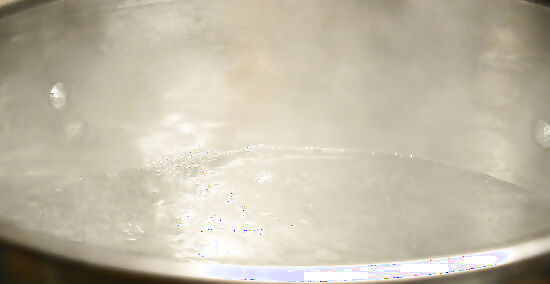
Bring a pot full of water and 1 tbsp (17 g) of salt to a boil. Fill a large pot two-thirds of the way with water and add 1 tbsp (17 g) of salt to add flavor. Warm the pot over high heat until the water starts to boil, then reduce the stove to medium heat.
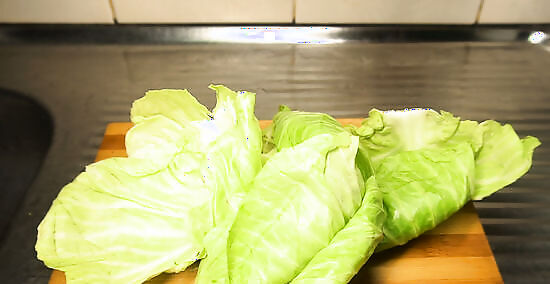
Peel the number of leaves you need off of the cabbage head and rinse them. Grab the top of the leaf and slowly pull it down the head of the cabbage. Remove the leaves slowly so they don’t rip or break. Once you reach the bottom, snap the leaf’s stem off the head. Keep taking off leaves until you have as many as you need. Run the leaves under cold water to remove any dirt or grit on them. You can keep the leaves whole or shred them.
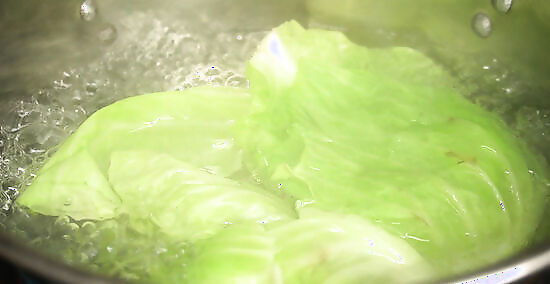
Put the cabbage leaves in the water for 2-3 minutes. Drop the cabbage leaves into the boiling water and completely submerge them. Leave them in the pot for 2-3 minutes so the leaves can soften. The cabbage leaves should still have a vibrant color once you’re finished. If your pot can’t fit all of the leaves, blanch 4-5 at a time using the same water. Put shredded cabbage in a wire basket so you can remove the cabbage easier once it’s finished blanching.
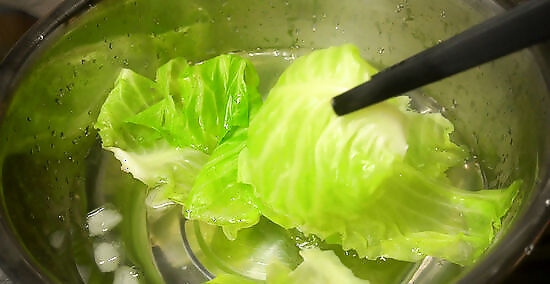
Transfer the leaves into a bowl filled with ice water for 2 minutes. Use a pair of tongs to remove the cabbage leaves from your pot and put them in a large bowl filled with cold water and ice. Stir the leaves gently in the bowl to immediately chill the cabbage. If you’re using shredded cabbage, either dip the wire basket into the ice water or run cold tap water over it.
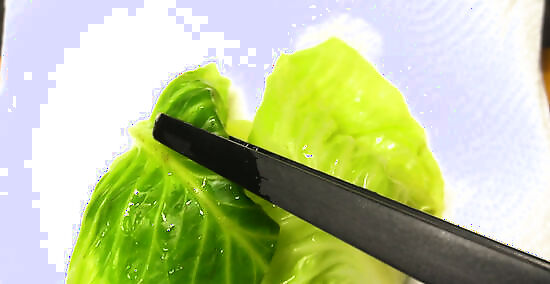
Remove the cabbage with a pair of tongs and dry them with a paper towel. Grab the cabbage with your tongs and shake off any excess water. Set the leaves onto a piece of paper towel and pat them dry so they don’t get soggy. If your cabbage stays wet, the flavor will change and the leaves won’t be as crisp. Use the cabbage right away or keep it in the fridge in an airtight container for up to 5 days.
Blanching Cabbage for Freezing
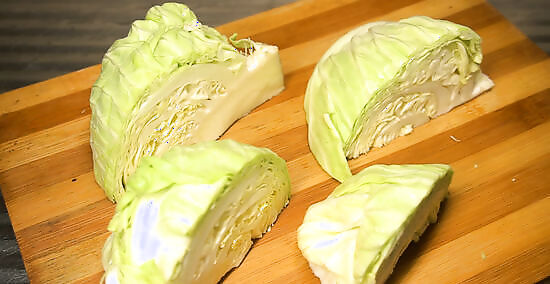
Cut the cabbage head into quarters. Use a chef’s knife to cut the head of cabbage in half from the top to the bottom. Set the halves on your cutting board so the cut side faces down. Cut the halves into 2 pieces so you have 4 cabbage wedges.Tip: Cut the head of cabbage into eighths if you want to freeze single serving sizes.
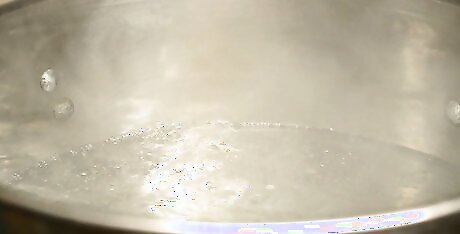
Boil water and salt in a large pot. Fill the pot two-thirds of the way with water and add 1 tablespoon (17 g) of salt. Turn your stove on high heat and let the water come to a boil. Once the water is at a rolling boil, reduce it to medium heat. The salt helps add flavor to the cabbage and brings the water to a boil faster.
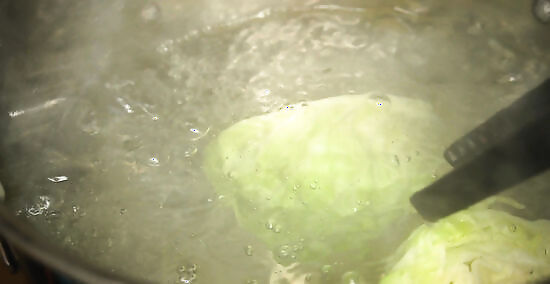
Put 2 of the cabbage wedges into the water for 2-3 minutes. Drop the wedges into the boiling water and completely submerge them. Let the wedges boil for at least 2-3 minutes so they’re slightly softened and still have a vibrant color. If you have a large enough pot, you can put all 4 wedges in at the same time.
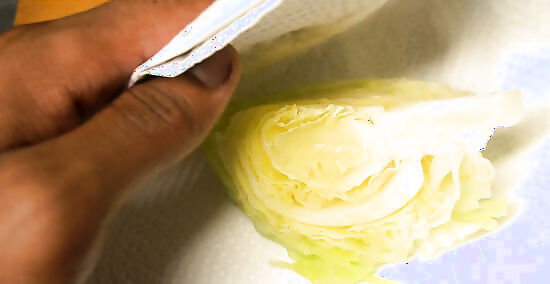
Remove the pieces from the water and dry them with a paper towel. Use a pair of tongs to lift the wedges out and shake off any excess water. Set them on a clean piece of paper towel and allow them to cool at room temperature. Once the cabbage is cool enough to touch, pat it dry with paper towel. You may speed up the cooling process by submerging the cabbage wedges in ice water for 2 minutes.
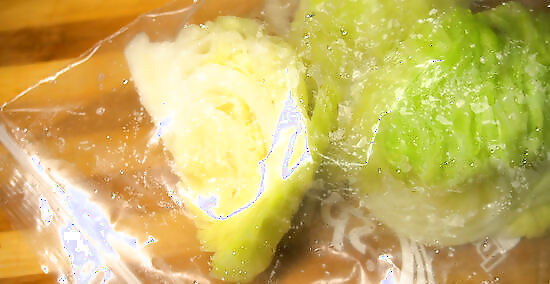
Keep the cabbage in freezer-safe resealable bags. Put the wedges into 1 large bag or separate serving size bags. Squeeze out all the air before sealing the bags, and label them with the date you put them in the freezer. Whenever you need cabbage, thaw it in the fridge 24 hours before you plan on using it. Blanched cabbage can be stored in the freezer for 10-12 months. Use a vacuum sealer to efficiently remove the air from your bags.




















Comments
0 comment